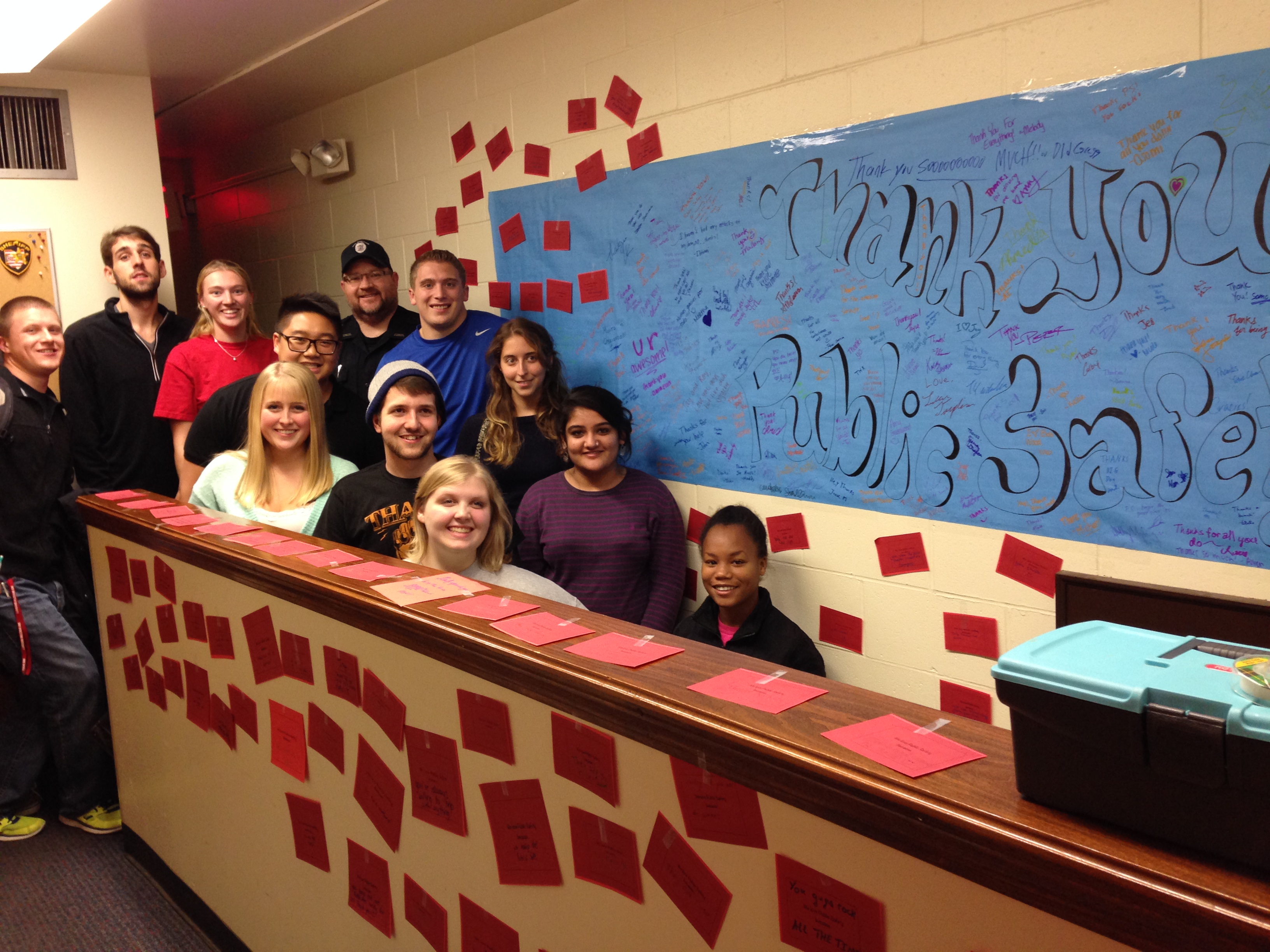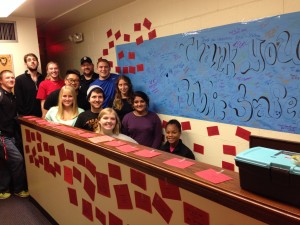Dog bites send children and adults to hospitals, dogs to quarantine for rabies testing and insurance claims up. With warm weather and more activities outdoors to keep people busy, the chance of animal bites increases. Ohioans, however, are more likely to get rabies from bats and raccoons than they are from dogs and cats.
“We tend to be complacent about rabies,” said Don R. Mann, a veterinarian in Galena who’s been in business for more than 30 years, “because we don’t see it much in Ohio and as nearby as Pennsylvania it’s endemic. If you’re a veterinarian in Pennsylvania, you have to worry about rabies every day.”
According to the federal Centers for Disease Control and Prevention (CDC), 4.5 million Americans – half of them children – are bitten by dogs, annually. The CDC reports, however, that more than 90 percent of reported animal rabies cases occur in wildlife. Before 1960, the majority of cases came from domestic animals.
The top six states in 2010, the latest CDC data available, for rabies cases in domestic animals were Pennsylvania (72), New York (51), Texas (49), Virginia (44), Georgia (26) and North Carolina (25). Those states account for more than half of all cases nationwide. A CDC map shows a high prevalence of rabies cases along the East Coast, stopping along the eastern borders of Ohio, Kentucky and Tennessee.
Rabies is a virus that affects both domestic and wild animals and is spread through body fluids such as saliva. Dogs and cats usually expose humans to the virus through bites or scratches where saliva can enter the body. Rabies is highly contagious and, if left untreated, is fatal.
From 2012-2014, Delaware County had four confirmed rabies cases, all from bats, according to annual reports by the Ohio Department of Health. In fact, of 25 total rabies cases statewide in 2014, 20 were linked to bats, four to raccoons and one to a skunk.
The two variants of rabies are the paralytic or “dumb” form, which is most common, and the second is the “furious” form.
Mann said Hollywood representations of rabies, like in the 1957 classic movie “Old Yeller,” do not accurately reflect the disease. Most dogs, he said, develop the dumb form, which causes the animal to go into a depressive and non-responsive state. However, the danger lies in a dog with the dumb form of rabies to “develop the furious form at any time, any minute,” said Mann.
Mann is one of several veterinarians who are contracted by the Delaware Health District to prepare animals, such as dogs, cats, bats, raccoons and skunks, for rabies testing. The process involves an animal being euthanized and its head removed so brain tissue can be tested.
“It’s not a pleasant thing, but it’s something that has to be done,” Mann said. “Not too many people want to get involved in that.”
Ohio law does not require dogs or cats to be vaccinated unless they have bitten someone and no proof of a rabies vaccination is available, but it does allow local health departments require the vaccination. The Delaware General Health District does after a dog or cat reaches the age of three months. A booster shot is required annually.
If a dog bites a person and the dog has been vaccinated, state law requires the animal to be quarantined for a minimum of 10 days. However, if an unvaccinated animal bites a person, then the chain of events that follows is less simple.
“If your dog bites someone and it’s not vaccinated, then the possibility for rabies goes up dramatically,” Mann said. “Then the dog either has to be sacrificed or you have to quarantine it for six months at your cost, which can be substantial.”
The costs and insurance liabilities of owning a dog that has bitten a human is in part why John King, Delaware County’s dog warden, receives some dogs given up voluntarily by their owners.
“Sometimes people, once their dog bit someone, they’ll want to give the dog up and say, ‘Hey, I can’t take a chance,’” King said. “We won’t quarantine the dog for 10 days because we can’t adopt it anyways, so we euthanize the dog and have it tested by a local veterinarian.”
Dog bites accounted for more than one-third of homeowners’ liability insurance payouts in 2014, according to the Insurance Information Institute. Ohio had 1,009 claims with an average of $21,983 per claim, according to institute data, which is collected from the nation’s top 10 homeowners’ insurance companies.
Humans may not react to a rabies-infected bite for weeks or even months, according to the CDC. Rabies can cause pain, fatigue, headaches, fever and irritability. Those can be followed by seizures, hallucinations and paralysis. Human rabies is almost always fatal.
A vaccination exists for humans, but it is expensive. Mann suggested people at high risk for exposure should get vaccinated. Those include animal handlers, veterinarians, spelunkers, hikers, hunters and international travelers, especially when going to a country where rabies is common.
King and his two assistant dog wardens, Dan James and Mark Strohl, are certified to euthanize dogs. They respond to calls throughout Delaware County based on dividing the area into four quadrants using the east-west State Route 36/37 and the north-south U.S. Route 42. Heavily populated southwest Delaware County, Quadrant 3, has the greatest number of dog bites, according to an analysis of public records.
Health district reports say the average number of dog bites per year is 180 in the county.
County public records from 2012 to 2014 showed victims suffered injuries, including bites to the upper and lower body, fingers, toes and face. Treatment ranged from on site, at home, urgent care or a hospital visit. There is no record in the past three years of a human fatality due to a dog bite.
Public records do not show a correlation between bites and a specific dog breed, but they do show people 21 years old and younger are more likely to be bitten by a dog.
To guard against getting rabies and getting bitten, both King and Mann suggested owners have their pets vaccinated; people be familiar with the pets in their area; approach animals cautiously, and keep pets under control.














